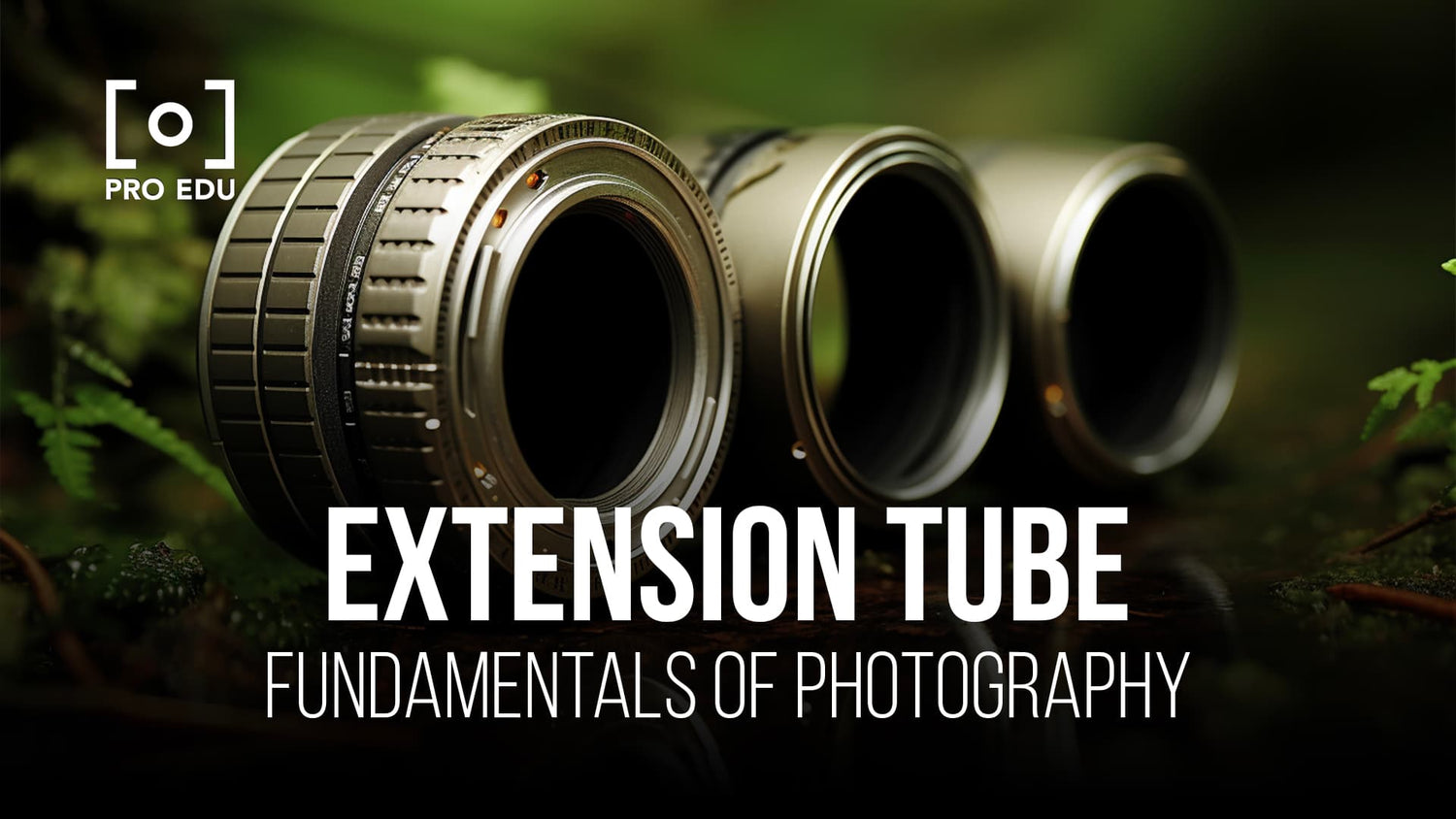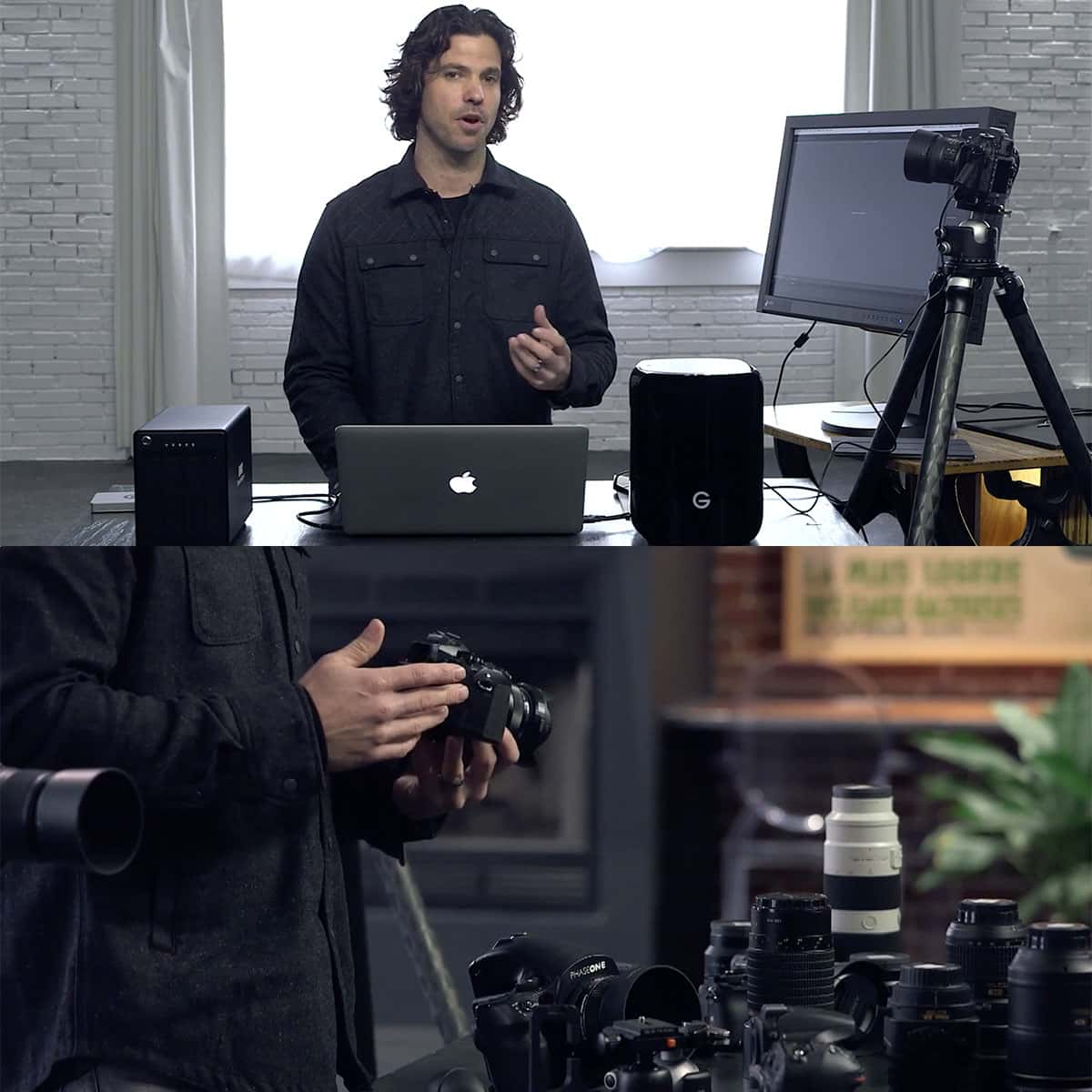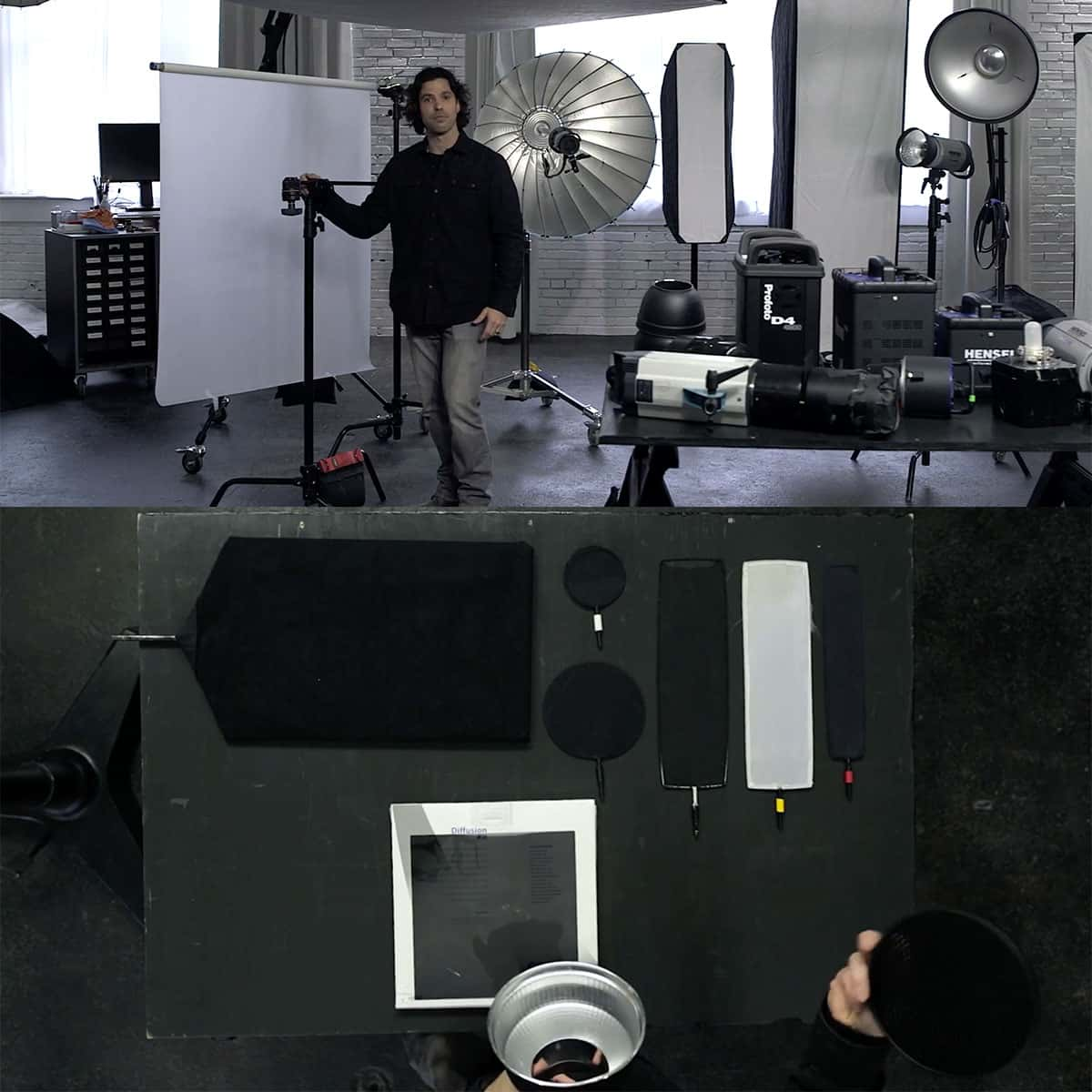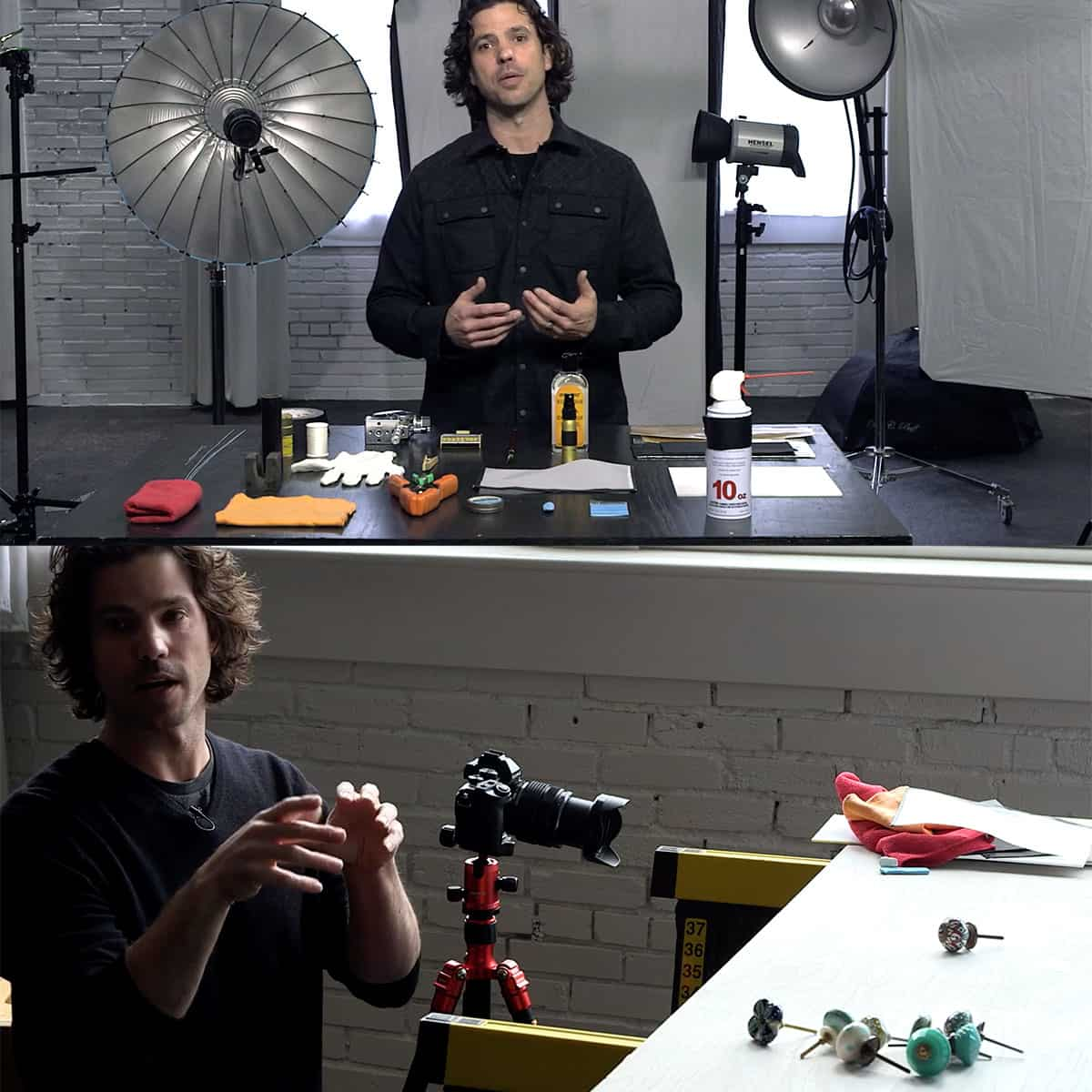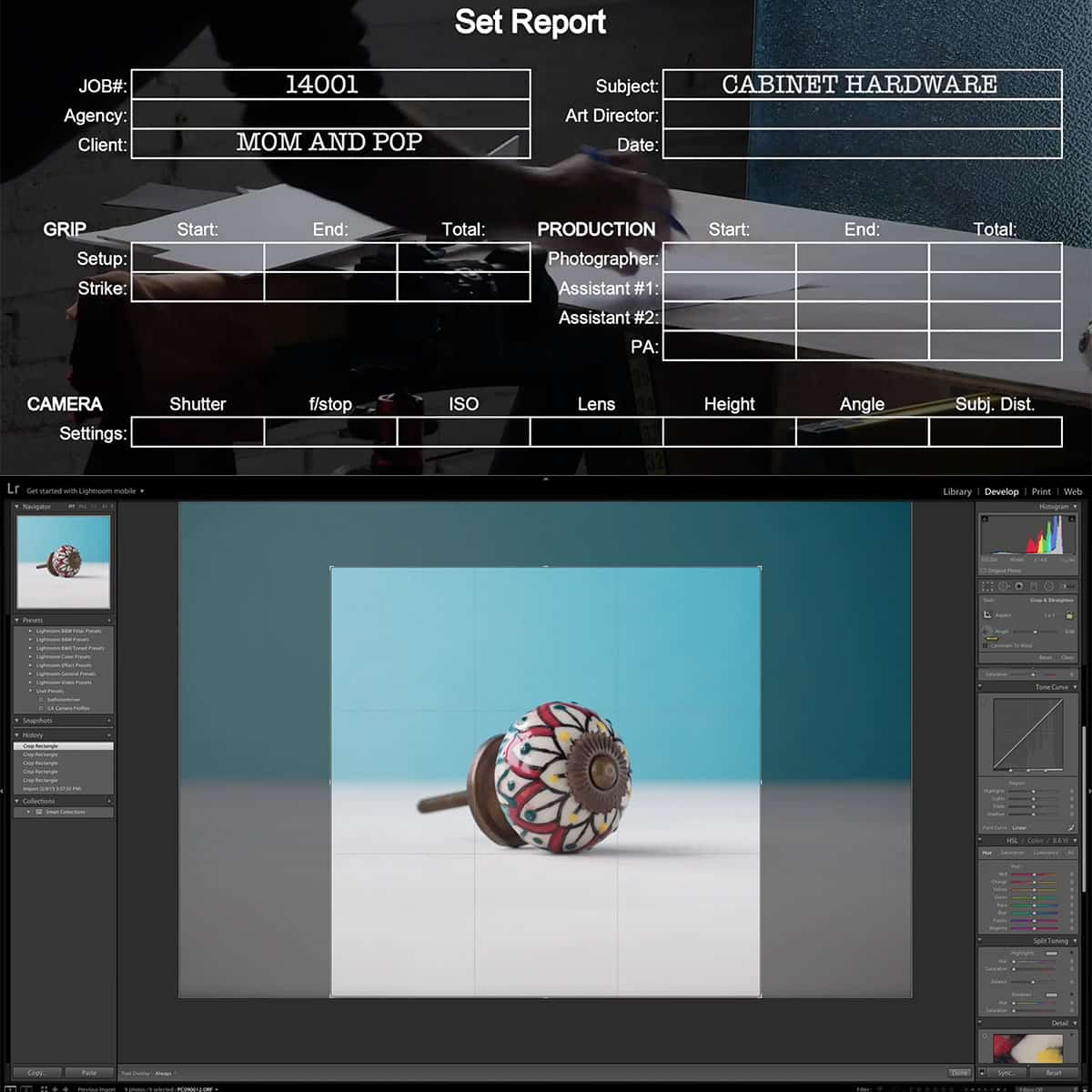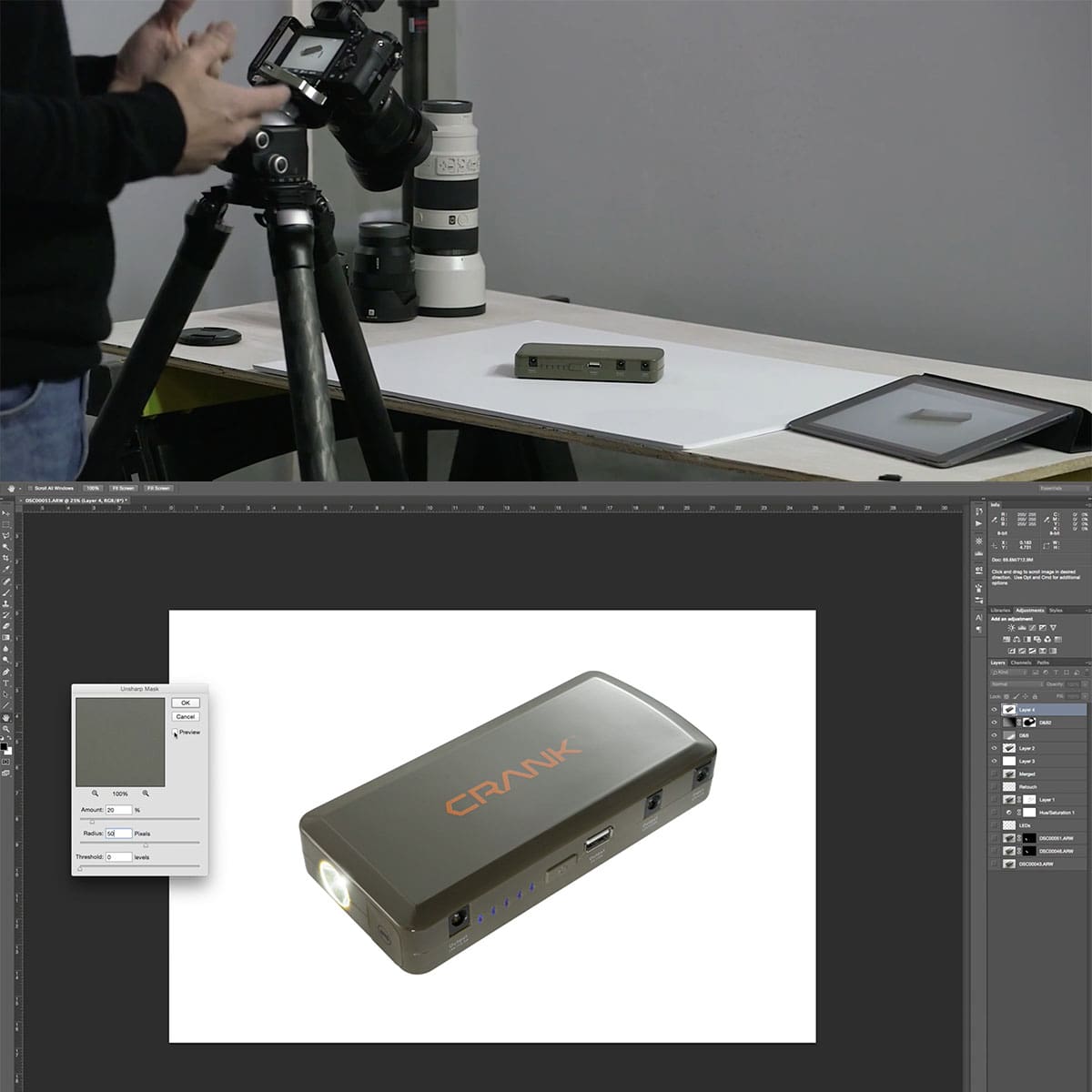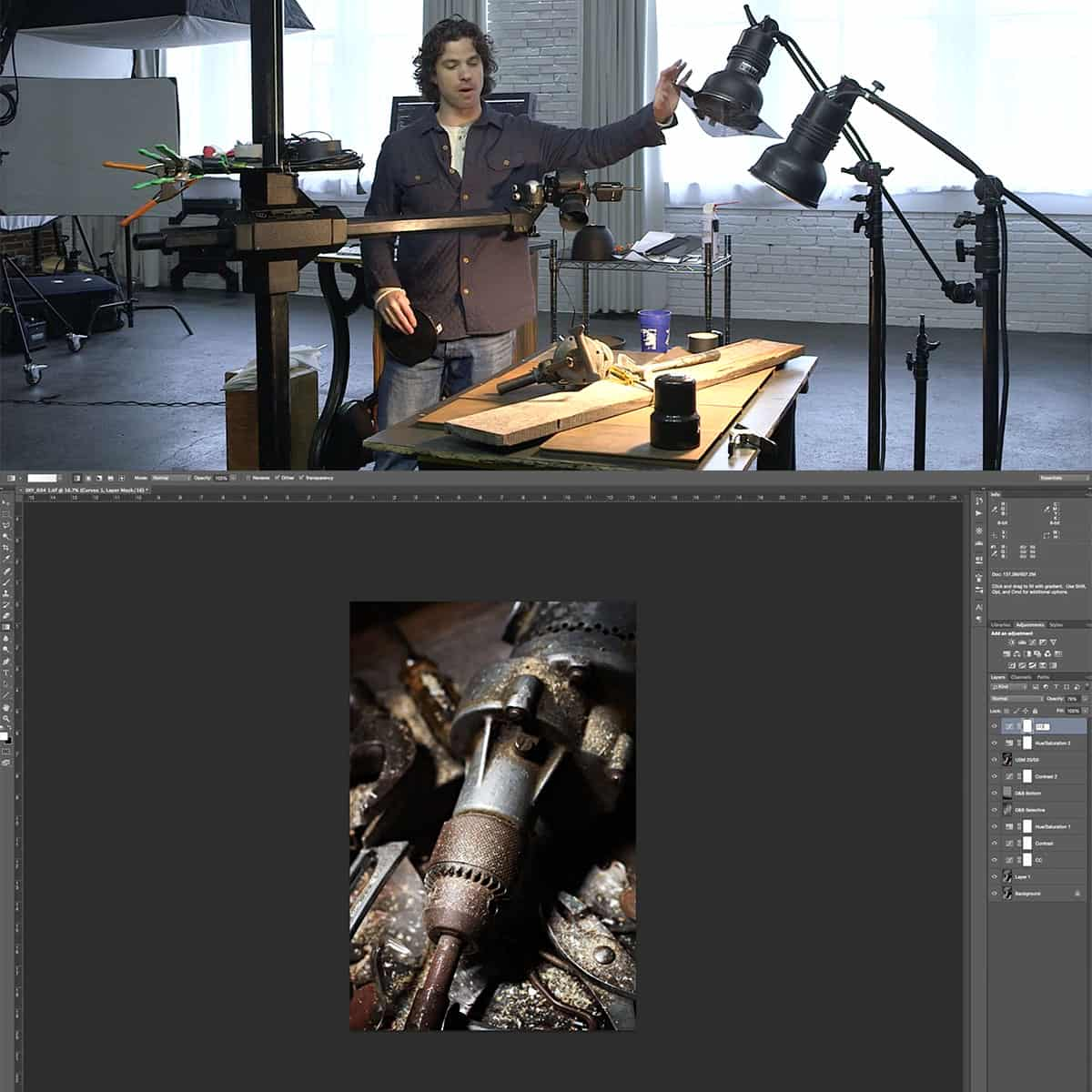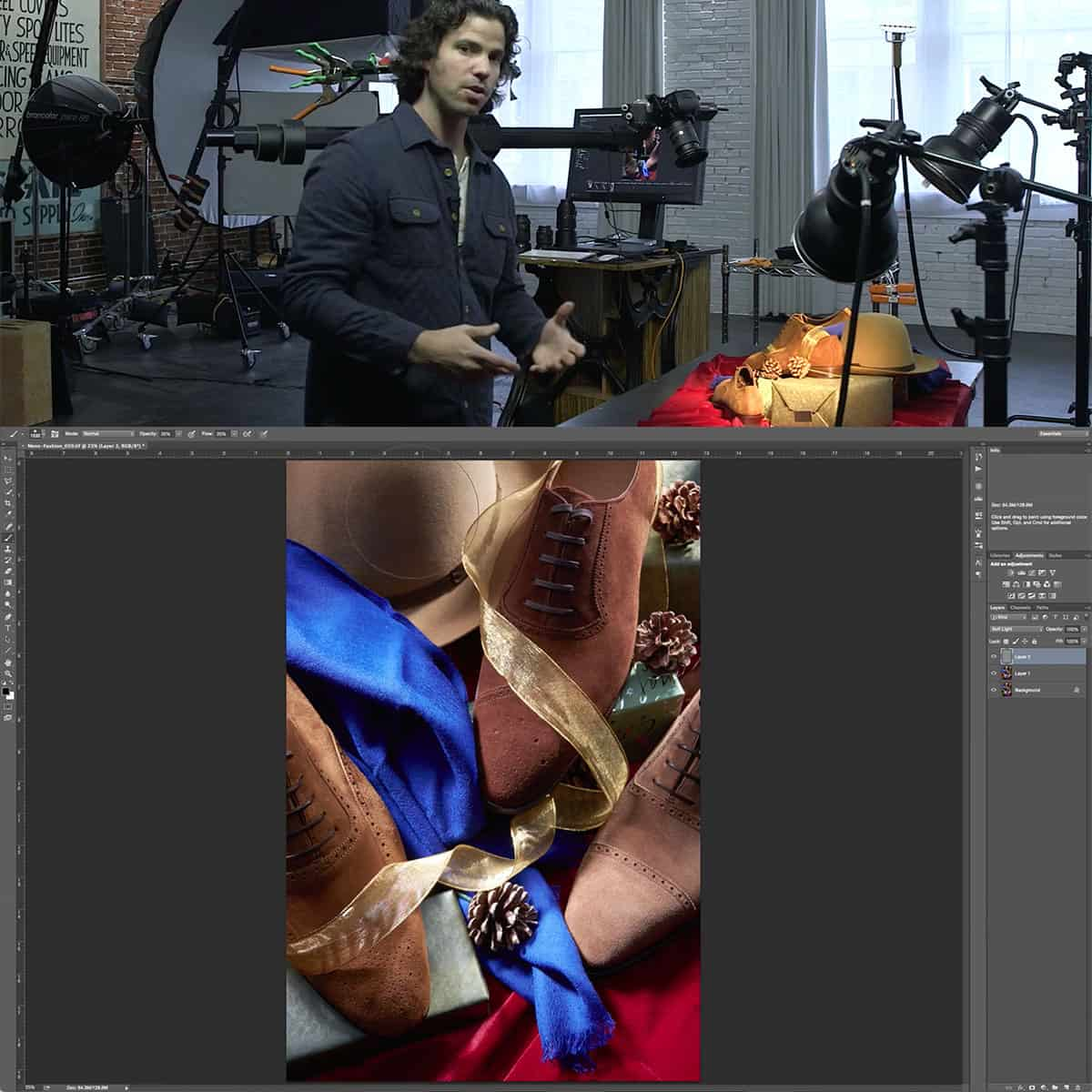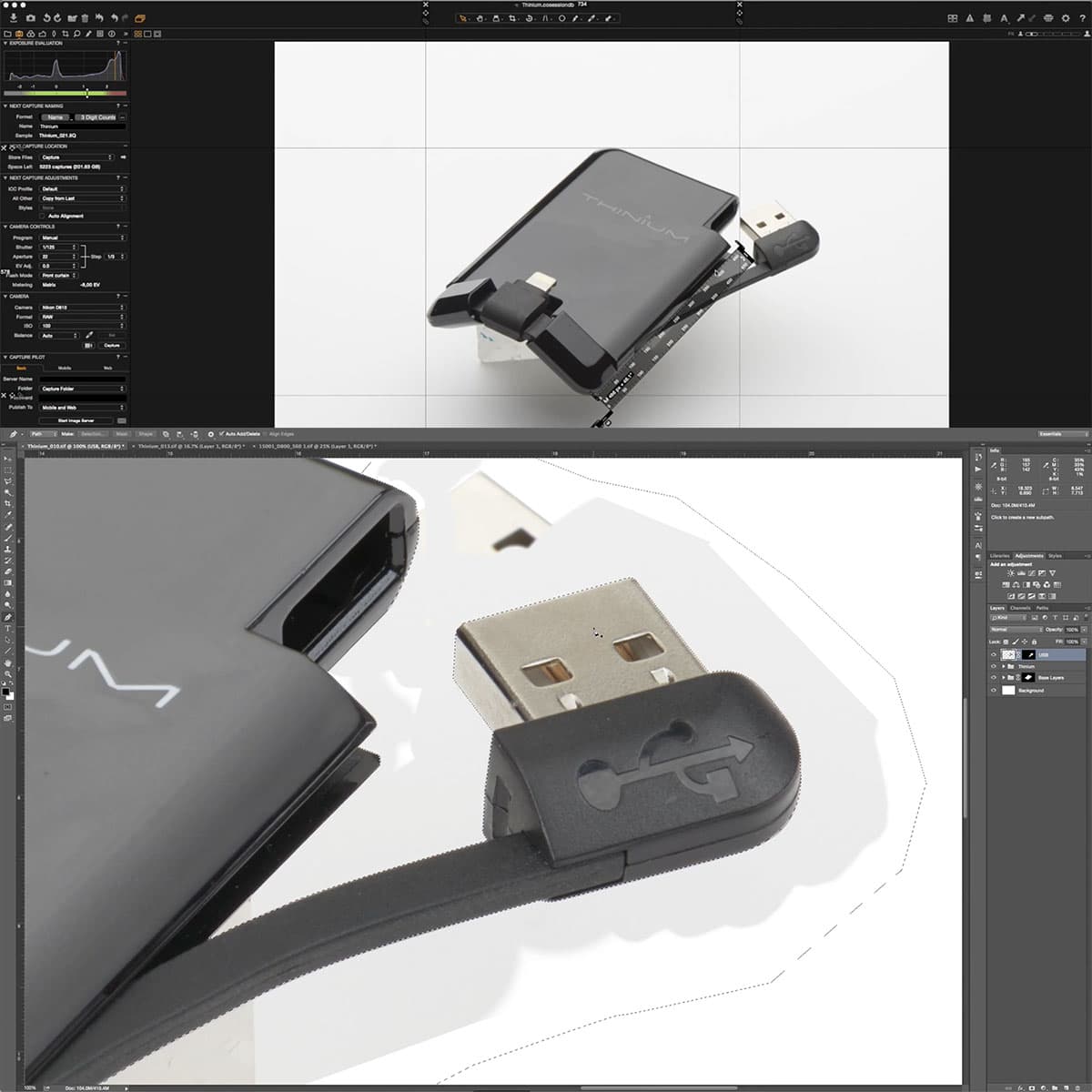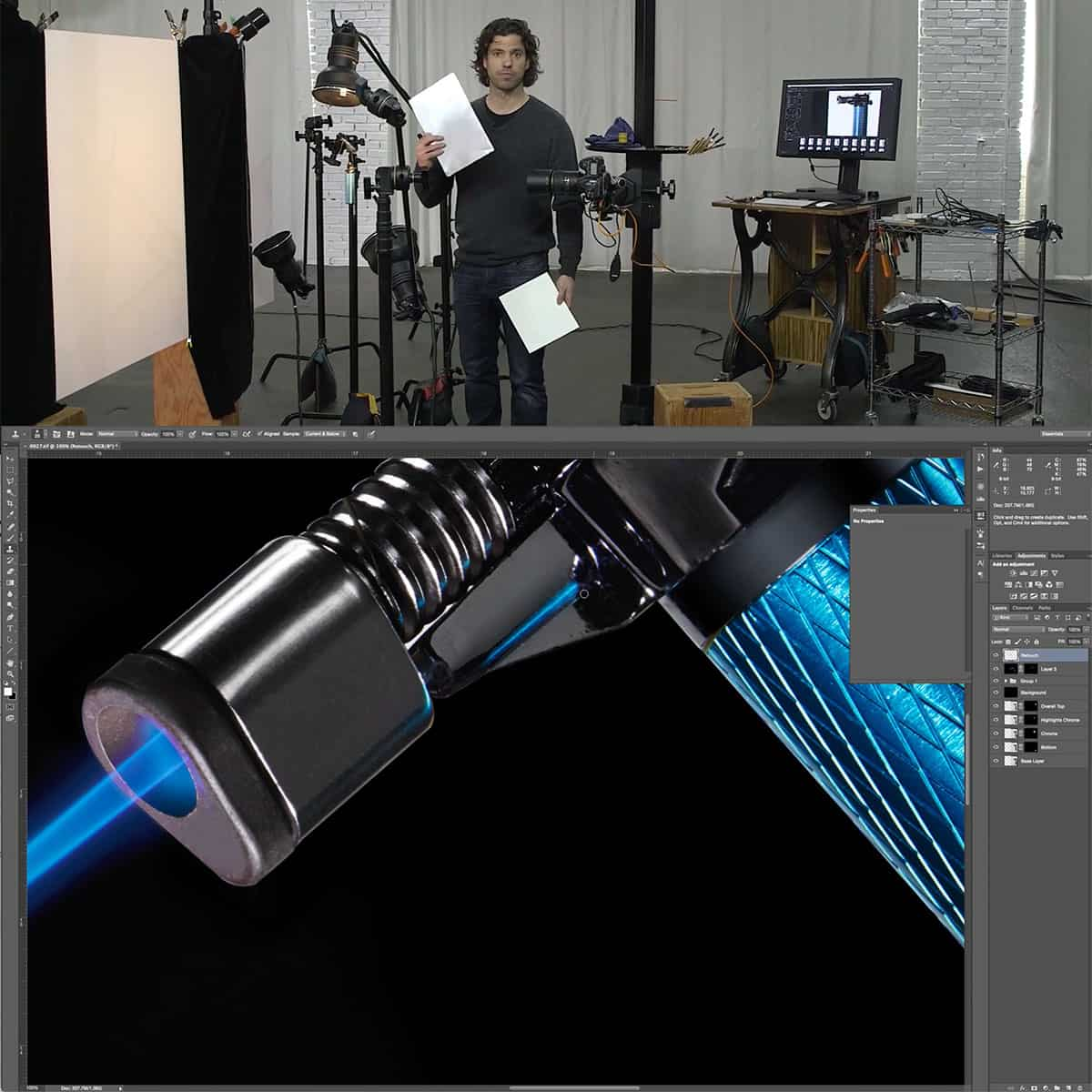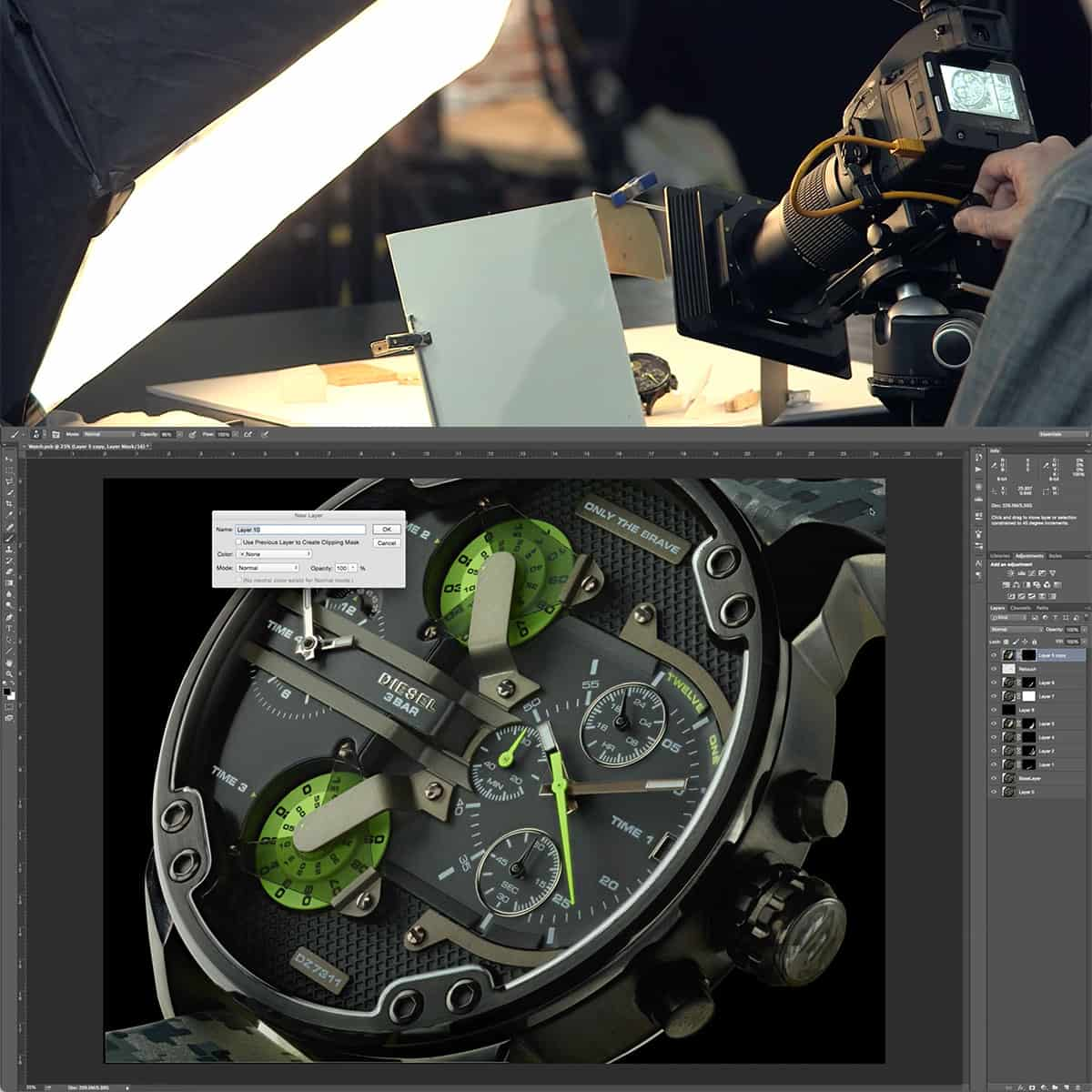Extension Tubes in Photography: Boost Your Macro Shots with Precision
Extension tubes in photography are an affordable and effective way to enhance macro shots, allowing photographers to capture stunning close-up images without investing in specialized macro lenses. By increasing the distance between the camera sensor and the lens, extension tubes enable users to focus closer on their subjects, revealing intricate details that can transform ordinary photographs into extraordinary works of art.
With the right combination of extension tubes and skill, photographers can achieve sharpness in their macro shots that rivals the performance of dedicated macro lenses. However, it's essential to understand the fundamentals of macro photography and choose the right extension tubes to suit one's needs and equipment. By exploring various extension tube options and overcoming challenges such as reduced depth of field, photographers can take full advantage of this versatile photography accessory.
Key Takeaways
- Extension tubes offer an affordable alternative to dedicated macro lenses for capturing detailed close-up images
- Choosing the right extension tubes for one's needs and equipment can enhance macro photography results
- Overcoming depth of field challenges and employing practical techniques can help capitalize on the benefits of using extension tubes in macro photography
Fundamentals of Macro Photography
In macro photography, we aim to capture close-up images of small subjects. The primary goal is to achieve a high level of magnification, which is usually defined by a ratio, such as 1:1 or 1:2. Magnification refers to the size of the subject on the camera sensor compared to its actual size, and higher magnification allows for more detail in the final image.
The focal length of your lens plays a vital role in macro photography. A longer focal length allows you to maintain focus while creating a more comfortable working distance from the subject. Depth of field, which refers to the area in focus, is often shallow in macro photography, so controlling aperture size is crucial. A smaller aperture (higher f-number) increases depth of field but may require longer exposure times or higher ISO settings to compensate for reduced light.
In macro photography, using a macro lens specifically designed for close-up photography often provides the best results. These lenses are built to maintain sharp focus at close distances and usually offer a wider range of aperture settings. Autofocus can be helpful for macro photography, but manual focus is often more precise, allowing for greater control as you adjust the focus to isolate your subject.
Managing the camera's ISO is essential in macro photography. Higher ISO settings allow us to capture more light but may introduce noise or graininess into the image. Balancing ISO with aperture settings and exposure times is key to achieving clean, sharp photographs. Ultimately, selecting the right camera body, lenses, and settings is the foundation for beautiful macro photography.
Extension tubes can be a valuable addition to your macro photography toolkit. They are placed between the camera body and the lens, effectively increasing the lens's minimum focusing distance and enhancing magnification without affecting image quality. We recommend experimenting with different extension tubes to find the optimal setup for your subjects and style.
Improving Macro Shots with Extension Tubes
One way to achieve stunning macro photography without purchasing a dedicated macro lens is by using extension tubes. These tubes work with various lens types, including telephoto lenses and zoom lenses. We will discuss how they improve macro shots, allowing photographers to capture intricate details at close range.
Extension tubes are simple hollow tubes that increase the distance between the lens and the camera's sensor or focal plane. By doing so, they decrease the minimum focusing distance, allowing you to get much closer to your subject. These tubes come in two main types: automatic and manual. The automatic ones maintain electronic communication between the camera and the lens, so you can control aperture, autofocus, and other functionalities directly from your camera.
For better results with extension tubes, adjusting camera settings is crucial. When using extension tubes, set the camera to Aperture Priority mode to control depth of field, which plays a significant role in macro photography. It's also advisable to use manual focus, as autofocus might fail to provide the required control or accuracy for macro shots. By doing so, you can ensure that the details you want to capture appear sharp and crisp.
One of the impressive features of extension tubes is their compatibility with various lenses, including telephoto and zoom lenses. When using extension tubes with these lenses, you can still achieve strong sharpness levels. The versatility of extension tubes makes them an excellent option for photographers looking to explore macro photography without investing in a dedicated macro lens.
In summary, extension tubes can greatly enhance your macro shots, providing you with the ability to capture incredible details at a close range. By selecting the right extension tubes and appropriately adjusting your camera settings, you can make your macro photography experience both enjoyable and rewarding.
Choosing the Right Extension Tubes
When looking for extension tubes to enhance our macro photography, it's essential to consider both the budget and quality. A cost-effective option is to use manual extension tubes, which require manual adjustment of focus and aperture. These tubes are less expensive than their automatic counterparts but might demand more effort and skill from the user.
An alternative is to invest in automatic extension tubes. These pieces maintain electronic communication between the camera and lens, enabling control of the aperture, autofocus, and other lens functionalities directly from the camera 1. A popular brand for automatic tubes is Kenko, known for high-quality products that offer an OEM-like experience.
Here are some points to consider when selecting extension tubes:
- Budget: Determine how much we are willing to spend.
- Functionality: Assess if manual or automatic tubes are more suitable for our needs.
- Compatibility: Ensure the tubes are compatible with our camera and lens system.
- Craft: Check the build quality, materials used, and the tubes' durability.
By considering these factors, we can make a well-informed decision in choosing the right extension tubes that will enhance our macro photography experience.
Drawbacks and Solutions of Extension Tubes in Macro Photography
One of the drawbacks of using extension tubes is camera shake. Since you're working at high magnifications, even the slightest movement can blur your image. To counter this issue, we recommend using a tripod or other stabilization systems to minimize camera shake.
Another challenge when using extension tubes is light loss. As the distance between the lens and sensor increases, less light reaches the sensor. To compensate for this, you can increase your ISO or use longer shutter speeds. Additionally, using a flash can help illuminate your subject and minimize light loss.
Vignetting can also occur with extension tubes, causing dark corners in your images. This can be especially noticeable with wide-angle lenses. To address this issue, we suggest using a narrower aperture or cropping the image in post-production.
Distortion can also be amplified when using extension tubes with certain lens types. To minimize distortion, we advise using high-quality lenses in combination with extension tubes for optimal results.
Lastly, focusing can be a challenge when using extension tubes. Due to their design, most extension tubes require manual focus. Since it can be quite difficult to achieve accurate focus at high magnifications, we recommend using focus aids such as focus peaking or live view on your camera along with a steady tripod for precise focus adjustments.
Practical Applications of Extension Tubes
Extension tubes are versatile tools that serve a range of photographic needs. In this section, we will discuss the various practical applications of these accessories, emphasizing their effectiveness in macro shots.
Nature Photography: When capturing the intricate details of plants, insects, or other small subjects, extension tubes enable us to get closer to the subject. This increases the magnification and helps reveal captivating details often missed by the naked eye. For example, the intricate pattern on a butterfly's wings or the delicate structure of a flower can be beautifully captured using extension tubes.
Close-up Photography: Apart from nature, extension tubes are also handy for other close-up photography genres, such as tabletop or product photography. By reducing the minimum focusing distance, extension tubes allow us to get closer to objects, capturing crisp and detailed images of jewelry, toys, and other small items.
Portraits: While not their primary use, extension tubes can still enhance portrait photography by allowing us to focus on unique facial features or accessories. For instance, capturing the fine details of an intricate piece of jewelry that a subject is wearing becomes possible with the help of extension tubes.
Sports Photography: In situations where we want to showcase a subject's equipment or specific movements, using extension tubes for sports photography can be effective. For example, focusing on a cyclist's gear mechanism or a basketball player's hands in action can benefit from the additional magnification provided by extension tubes.
When using extension tubes, it is important to monitor the viewfinder for optimal focusing. This helps us precisely adjust the working distance between the camera and the subject, ensuring the best possible image quality.
In conclusion, extension tubes offer a cost-effective and versatile solution for enhancing macro shots across various photographic genres. Whether it's capturing the beauty of nature or immortalizing the intimate details of objects, these tools provide an excellent way to get closer to our subjects and reveal their hidden intricacies.
Frequently Asked Questions
What are the best extension tubes for various camera brands?
There are various extension tube options available for different camera brands, such as Kenko, Fotodiox, and Vello. It's important to ensure that you choose brand-compatible extension tubes with electronic connections in order to maintain autofocus and aperture control.
How do extension tubes affect image quality?
Using extension tubes may result in a slight loss of image quality due to diffraction. Generally, the loss in image quality is minimal when using high-quality extension tubes. However, since you are increasing the distance between the lens and the sensor, there may be slight vignetting at the corners or a decrease in light transmission.
What is the ideal extension tube length for macro photography?
The ideal extension tube length for macro photography depends on factors such as the focal length of your lens and the desired magnification. To calculate the ideal extension tube length, use the formula Magnification Increase = Extension Tube Length (mm) / Lens Focal Length (mm). The optimal length will vary based on your specific needs and the desired level of magnification.
Can extension tubes be used with zoom lenses?
Yes, extension tubes can be used with zoom lenses. However, the effectiveness of the combination depends on the specific lens and tube being used. Some zoom lenses may lose image quality or autofocus capabilities when paired with extension tubes, so it's important to test the combination before committing to the setup for a shoot.
How do you calculate magnification with extension tubes?
To calculate the magnification increase offered by an extension tube, use the same simplified equation as mentioned earlier: Magnification Increase = Extension Tube Length (mm) / Lens Focal Length (mm). For example, a 25mm extension tube used with a 50mm lens would result in a 0.5 magnification increase.
Are there any alternatives to extension tubes for macro shots?
Yes, there are a few alternatives to extension tubes for macro shots, such as close-up lenses and dedicated macro lenses. Close-up lenses are filters that attach to your camera lens to decrease the minimum focusing distance, while dedicated macro lenses offer excellent image quality and allow for greater magnification. Additionally, you can experiment with the technique of reverse lens mounting for low-budget macro shots. Each option has pros and cons, so it's important to consider your specific needs and desired results when choosing an alternative.


